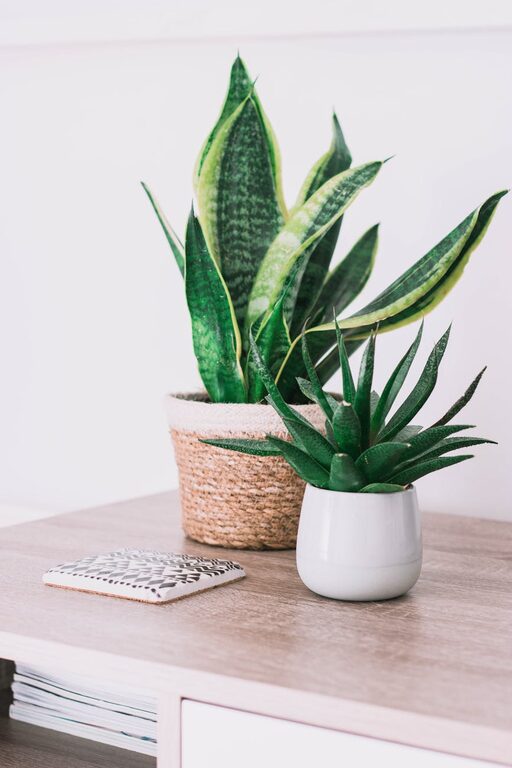Bringing plants into your home can brighten up any space and improve the air quality. However, keeping these green companions healthy requires a bit of attention and care. Whether you’re a seasoned plant parent or just starting your indoor garden, these tips will help your houseplants thrive and bring lasting beauty to your home.
Understanding Your Houseplant’s Needs
Every plant species has unique requirements, so the first step to keeping yours healthy is understanding what they need. This includes light, water, soil, and temperature preferences.
Light Requirements
Most houseplants need a certain amount of light to perform photosynthesis and grow.
– Bright, indirect light: Plants like pothos, peace lilies, and snake plants prefer bright but filtered light.
– Low light: Some plants, such as ZZ plants and certain ferns, can tolerate low light conditions.
– Direct sunlight: Succulents and cacti generally thrive with a few hours of direct sunlight.
Tip: Observe your plant and adjust its placement if you notice signs of too much or too little light, like yellowing leaves or slow growth.
Watering Wisely
Watering is one of the most common challenges in houseplant care. Overwatering or underwatering can both be harmful.
– Check soil moisture: Before watering, stick your finger about an inch into the soil. If it feels dry, it’s time to water.
– Use room temperature water: Cold water can shock plant roots.
– Water evenly: Make sure water reaches the entire root zone. Water until it drains from the bottom of the pot, but empty the saucer after to prevent root rot.
Tip: Some plants prefer drying out between waterings, while others like consistently moist soil. Know your plant’s preference.
Choosing the Right Soil and Pot
Good soil and appropriate pots are essential for healthy plants.
– Well-draining soil: Many houseplants thrive in a mix that allows excess water to drain. Use potting mix designed for indoor plants.
– Pot size and drainage: Choose pots that are proportional to your plant’s size and have drainage holes to prevent water buildup.
Tip: Repot your plant every 1-2 years or when roots start to crowd the pot.
Maintaining Optimal Growing Conditions
Aside from light and water, creating a suitable environment is key to plant health.
Temperature and Humidity
Most houseplants do well in temperatures between 65°F and 75°F (18°C-24°C).
– Avoid placing plants near drafts, heaters, or air conditioners.
– Increase humidity for tropical plants by misting regularly or using a humidifier.
Fertilizing Your Plants
Plants need nutrients to grow, but indoor soil can become depleted over time.
– Use a balanced, water-soluble fertilizer every 4-6 weeks during the growing season (spring and summer).
– Reduce or stop fertilizing during dormancy (fall and winter).
Tip: Follow fertilizer instructions carefully to avoid overfeeding, which can damage roots.
Regular Plant Care Practices
Good habits will help your plants stay healthy and catch problems early.
Pruning and Cleaning
– Remove dead or yellowing leaves to encourage new growth.
– Occasionally wipe leaves with a damp cloth to remove dust and improve photosynthesis.
Pest Management
Houseplants can attract pests like spider mites, aphids, and mealybugs.
– Inspect plants regularly.
– Use natural remedies like insecticidal soap or neem oil if pests appear.
– Quarantine new plants before introducing them to your collection.
Monitoring Growth
– Pay attention to how your plant grows. Stretching toward light (leggy growth) often means it needs more light.
– Stunted growth or wilting could indicate overwatering, underwatering, or nutrient deficiency.
Troubleshooting Common Problems
Yellow Leaves
Possible causes include overwatering, poor drainage, or nutrient deficiencies.
Brown Leaf Tips
This might be caused by dry air, underwatering, or salt buildup from fertilizers.
Wilting or Drooping
Could be due to underwatering, root damage, or pests.
In each case, identify the cause early and adjust care accordingly.
Conclusion
Caring for houseplants is rewarding and helps create a calming environment in your home. By understanding your plants’ needs and providing the right conditions, you ensure they remain healthy and vibrant. Remember, patience and consistent care are key—your green friends will thank you with lush foliage and possibly even beautiful blooms!
Happy planting!

